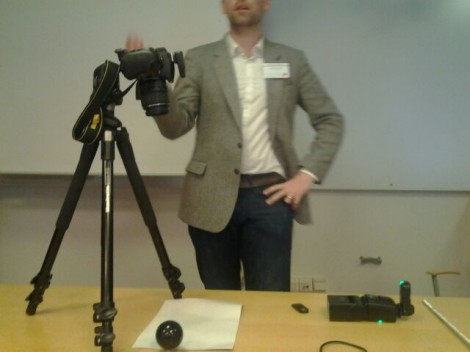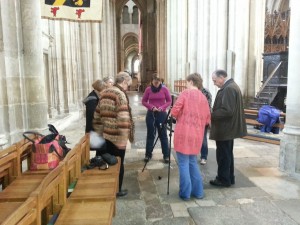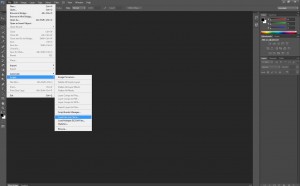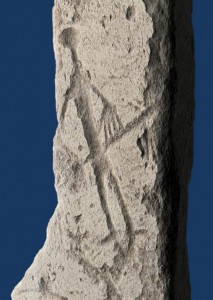
RTI at the Urban Variation Conference, Gothenburg
Last week Gareth and I travelled to Gothenburg in Sweden to present at the Urban Variation conference. The conference website is here: http://conference.earlymoderntown.com/urban-variation/. The conference was organised by the Early Modern Town Project team (find the University of Gothenburg project website, here; http://www.earlymoderntown.com/) and was attended by a multidisciplinary crowd of academics and professionals.
Continue reading →




